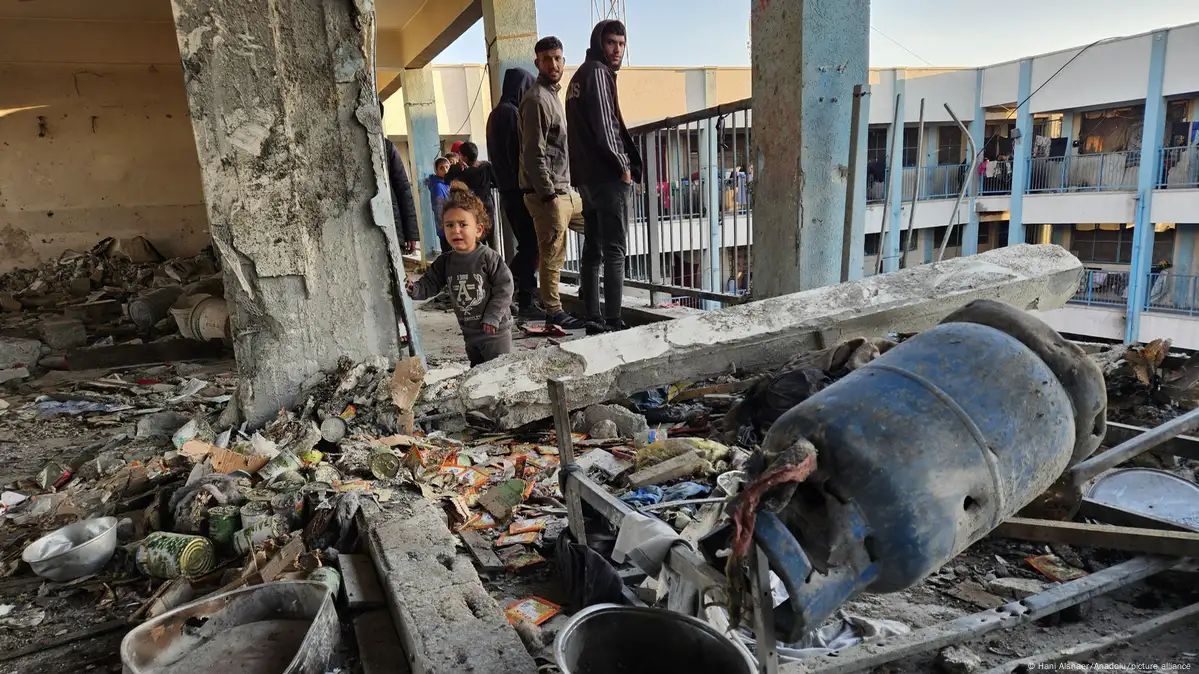By Adeyemi Adekunle
The year 2024 will be remembered as one of the most harrowing in recent history for children trapped in the turmoil of war. According to UNICEF, more than 473 million children—one in six worldwide—now live in conflict zones or are forcibly displaced, marking a new peak in humanitarian distress. The agency’s latest report highlights an alarming surge in child casualties, violations of rights, and deprivation of basic needs, painting a bleak picture of a generation at risk.
Catherine Russell, UNICEF’s Executive Director, called the year “one of the worst on record” for children affected by conflict. “By almost every measure, children in conflict zones face unparalleled challenges. They are more likely to be out of school, malnourished, and forcibly displaced—often multiple times—compared to children in peaceful regions,” she said. This tragic reality is compounded by the devastating physical, emotional, and psychological toll of war, leaving scars that could last a lifetime.
The report highlights several global hotspots where children are enduring unimaginable suffering. Gaza stands out as one of the most affected regions, where Israel’s ongoing bombardments against Hamas have resulted in the deaths of thousands of Palestinian children. Schools, hospitals, and shelters have been destroyed, leaving young lives caught in the crossfire. Entire families have been displaced, and the lack of safe havens has made survival a daily struggle for children in the besieged enclave.
Ukraine has seen a similarly tragic trajectory, with child casualties in the first nine months of 2024 surpassing those recorded in all of 2023. The war between Ukraine and Russia has left children exposed to shelling, forced migration, and a complete disruption of their education and healthcare. UNICEF’s data paints a picture of escalating violence, where the youngest and most vulnerable bear the greatest burden.
In Haiti, the crisis has taken a particularly sinister turn. Incidents of sexual violence against children have skyrocketed by 1,000%, a statistic UNICEF has described as “heartbreaking and unacceptable.” These violations add another layer of trauma to children who are already struggling to survive in an environment of poverty and instability.
The conflict in Sudan has also left children grappling with violence, famine, and the loss of education. Many have missed over a year of school due to the ongoing war, further eroding their chances of escaping the cycle of poverty and conflict. The country’s fragile healthcare system has been overwhelmed, leaving countless children without access to vaccinations or treatment for preventable diseases.
UNICEF’s report underscores the broader implications of conflict on children’s health. Around 40% of the world’s unvaccinated or under-vaccinated children live in conflict zones, making them particularly vulnerable to disease outbreaks. In Gaza, polio has re-emerged for the first time in 25 years, a stark reminder of the long-term consequences of disrupted healthcare systems.
“Children in war zones face more than just immediate threats to their survival,” said Russell. “They lose their homes, their schools, and their families. They lose the opportunity to play, learn, and dream—fundamental aspects of childhood that are essential for their development and well-being.”
The suffering is not confined to these regions. Lebanon, the Democratic Republic of the Congo, and Myanmar are also highlighted as countries where children are enduring severe hardships due to ongoing violence and instability. In these areas, children are not just victims of war but also of systemic neglect, leaving their futures in jeopardy.
UNICEF has reiterated its call for all parties to conflicts to adhere to international humanitarian laws and prioritize the protection of children. The agency stressed the need for immediate action to end the violence and ensure that children’s rights are upheld. “We cannot allow a generation of children to become collateral damage in unchecked wars,” Russell warned.
The agency’s plea extends beyond governments and combatants to the global community. UNICEF is urging international organizations, donors, and civil society groups to work together to provide emergency aid, rebuild infrastructure, and create pathways for children to regain a sense of normalcy. This includes access to education, healthcare, and psychosocial support to help children heal from the trauma they have endured.
The report also calls for increased funding and resources to address the growing humanitarian needs. The scale of the crisis demands coordinated efforts to ensure that children in conflict zones receive the care and protection they desperately need. While UNICEF continues to provide life-saving assistance, the agency emphasized that such efforts are only a stopgap measure. Sustainable solutions require addressing the root causes of conflict and ensuring that peace and stability prevail.
The stories of children affected by these conflicts are a stark reminder of the human cost of war. In Gaza, a nine-year-old girl spoke to aid workers about losing her entire family in an airstrike, saying, “I don’t know if I will ever feel safe again.” In Ukraine, a teenager displaced by the war lamented the loss of his school and friends, adding, “I just want to go back to the life I had before.”
UNICEF’s report is a sobering call to action. As 2024 draws to a close, it highlights the urgent need for global solidarity and decisive action to protect the world’s most vulnerable. Without immediate intervention, an entire generation risks being defined by violence, deprivation, and lost opportunities. For these children, the stakes couldn’t be higher.




